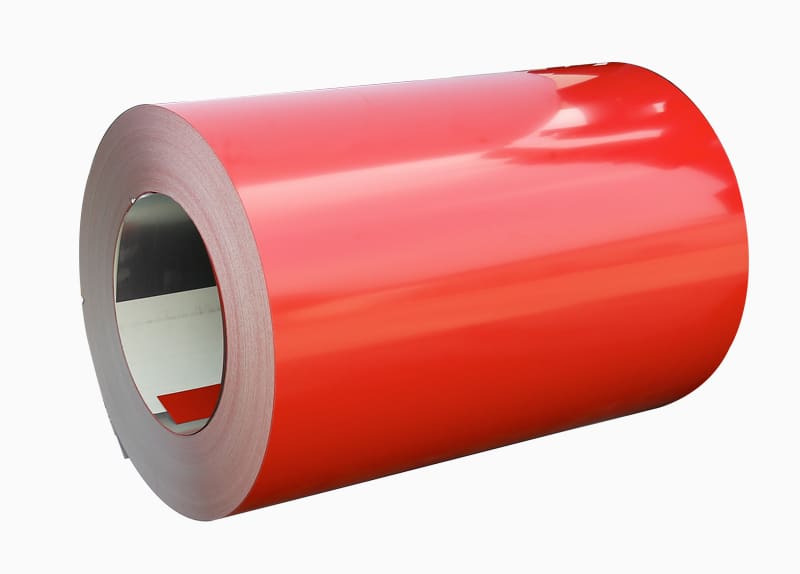Summary: Various coatings and treatments are applied to corrugated steel sheets to enhance their durability and resistance to cor...
Various coatings and treatments are applied to corrugated steel sheets to enhance their durability and resistance to corrosion. The choice of coating depends on factors such as the intended use of the corrugated sheets, environmental conditions, and the level of corrosion protection required. Some common coatings and treatments include:
Galvanized Coating:
Description: Galvanized coatings involve applying a layer of zinc to the surface of the steel sheets through a hot-dip galvanizing process. The zinc layer acts as a sacrificial anode, providing corrosion protection to the underlying steel.
Benefits: Galvanized coatings are highly effective in protecting against corrosion, especially in harsh environments. They are commonly used for roofing, siding, and other outdoor applications.
Galvalume Coating:
Description: Galvalume is a coating that combines zinc and aluminum to provide enhanced corrosion resistance. It is applied to steel sheets through a hot-dip process.
Benefits: Galvalume coatings offer improved corrosion resistance compared to traditional galvanized coatings. They are suitable for applications where extended protection against corrosion is required.
Paint Coatings:
Description: Paint coatings, often applied as a primer and topcoat, provide an additional layer of protection to the steel sheets. These coatings may include various types of paints, such as polyester, silicone-modified polyester (SMP), polyvinylidene fluoride (PVDF), or plastisol.
Benefits: Paint coatings not only add a decorative finish to the corrugated sheets but also enhance corrosion resistance. PVDF coatings, in particular, are known for their durability and resistance to fading.
Organic Coatings:
Description: Organic coatings, such as laminates or film coatings, are applied to the surface of the steel sheets. These coatings can provide additional protection against environmental elements and corrosive substances.
Benefits: Organic coatings contribute to the durability of
corrugated steel sheets by offering resistance to scratches, chemicals, and UV radiation. They are often used in architectural applications for aesthetic purposes.
Chromate Treatments:
Description: Chromate treatments involve applying chemical solutions containing chromium compounds to the steel surface. These treatments provide a protective layer that inhibits corrosion.
Benefits: Chromate treatments are effective in preventing corrosion and can be used as a pre-treatment before applying other coatings. They are commonly used in conjunction with paint or other protective coatings.
Powder Coating:
Description: Powder coating involves applying a dry powder to the steel sheets, which is then cured under heat to form a protective layer. Powder coatings can be formulated with various resins, such as epoxy or polyester.
Benefits: Powder coatings provide a durable and corrosion-resistant finish. They offer a range of color options and are commonly used in architectural and decorative applications.
Zinc-Rich Paints:
Description: Zinc-rich paints contain a high concentration of zinc dust in the paint formulation. These paints are applied directly to the steel surface.
Benefits: Zinc-rich paints provide cathodic protection, offering corrosion resistance by sacrificially corroding instead of the underlying steel. They are effective in corrosive environments.





